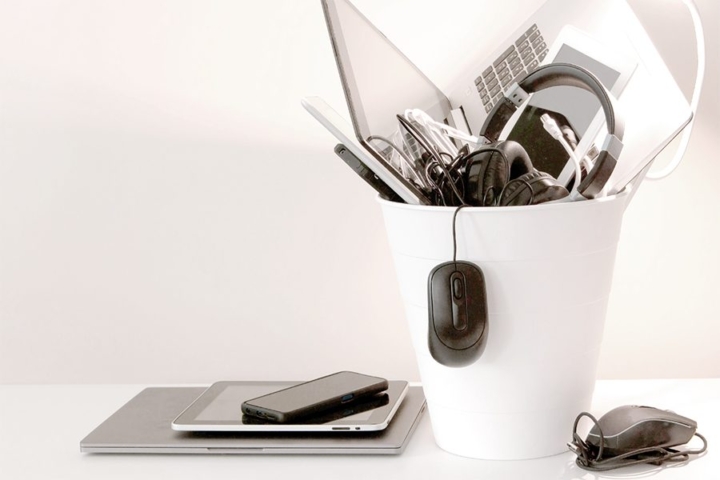Disposing of Old Devices Safely
Whenever you get new devices like cell phones, tablets, or computers, you should consider how to dispose of your old ones. You shouldn’t just toss them in the garbage and start fresh with the latest model – they’re probably full of your photos, emails, banking information, and other important information!
Here are some tips on how you can safely get rid of your old devices and start enjoying the new ones – made even better on Pulse’s super-fast and reliable network.
Back It Up
The first step is to back up your information. Backing up your data regularly — even when you’re not getting rid of your device — is a good habit to get into. Whether it’s music you’ve downloaded, documents you’ve typed or pics you’ve snapped, backing up is a form of insurance in case your computer ever crashes or gets hacked.
When discarding an old device, think about what you want to keep. Some people back up everything and sort through it later, and there’s nothing wrong with that! But if you’ve owned your device for a while, backing up every single file might be a lengthy endeavor. You might prefer to pick and choose what you save.
Either way, you have three options for backing up your device. Data migration is a techy-sounding term for when data gets moved from one location to another. In this case, we’re talking specifically about storage migration, when information is changing storage mediums.
Device to Device – Some devices, like desktop computers, will allow you to transfer data between devices. Using Migration Assistant for either Mac and Windows, you can even transfer between the two different systems – although the process can be a little tricky for the less tech-savvy.
External Storage – In this case, your external storage device will be the middleman. You start by transferring all your data to a separate device. Depending on how much data you have, your drive could be as small as a USB flash drive or as big as an external hard drive.
The Cloud – The cloud is the current favorite for data migration because it’s super easy and doesn’t require any extra hardware. This transfers all your data to the cloud via the internet. Once complete, your files can be accessed from any device. It’s fast, simple and secure, making it the optimal choice for data migration beginners.
Do a Final Cleanup
Before you toss your old device, be sure to log out of all your websites, wipe any saved passwords and unpair your devices. Finally, erase the computer’s hard drive. You’re washing your digital fingerprint from the device and protecting yourself in the process. Most computers and mobile devices can be restored to factory settings through built-in utilities.
Toss It Without Hurting the Environment
Because empty devices are filled with electronic components and substances like lead, mercury and cadmium, they’re hazardous material and shouldn’t go into a landfill. Take it to your local hazardous and electronic waste depot. If it still has some life in it, consider donating it to someone else who might enjoy it!
Here’s a list of the places that accept electronics for recycling in Larimer County, Colorado.
Now you’re set to enjoy your new gadgets! Don’t forget you’ll need great internet to get the most out of them. Keep browsing our website, or give us a call at 970-541-4990 to learn all about Pulse’s 100% fiber-optic network and sign up for internet, TV, and/or voice service today!
The tips above are a good start to protecting your privacy and online data. And by employing these and other safeguards, you can use the fast fiber internet from Pulse confidently, as well as reliably!
This article is part of our Digital Safety Series. Also in the series (we’ll add to the list as articles are published):
- At Pulse, Your Privacy Matters. We’re committed to helping our customers keep their data private and secure. As such, we will never sell our customers’ information or unlawfully share it.
- 6 Ways to Secure Your Personal Online Data


